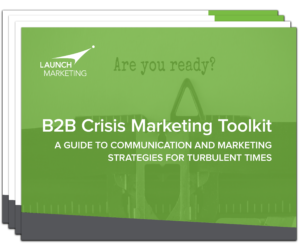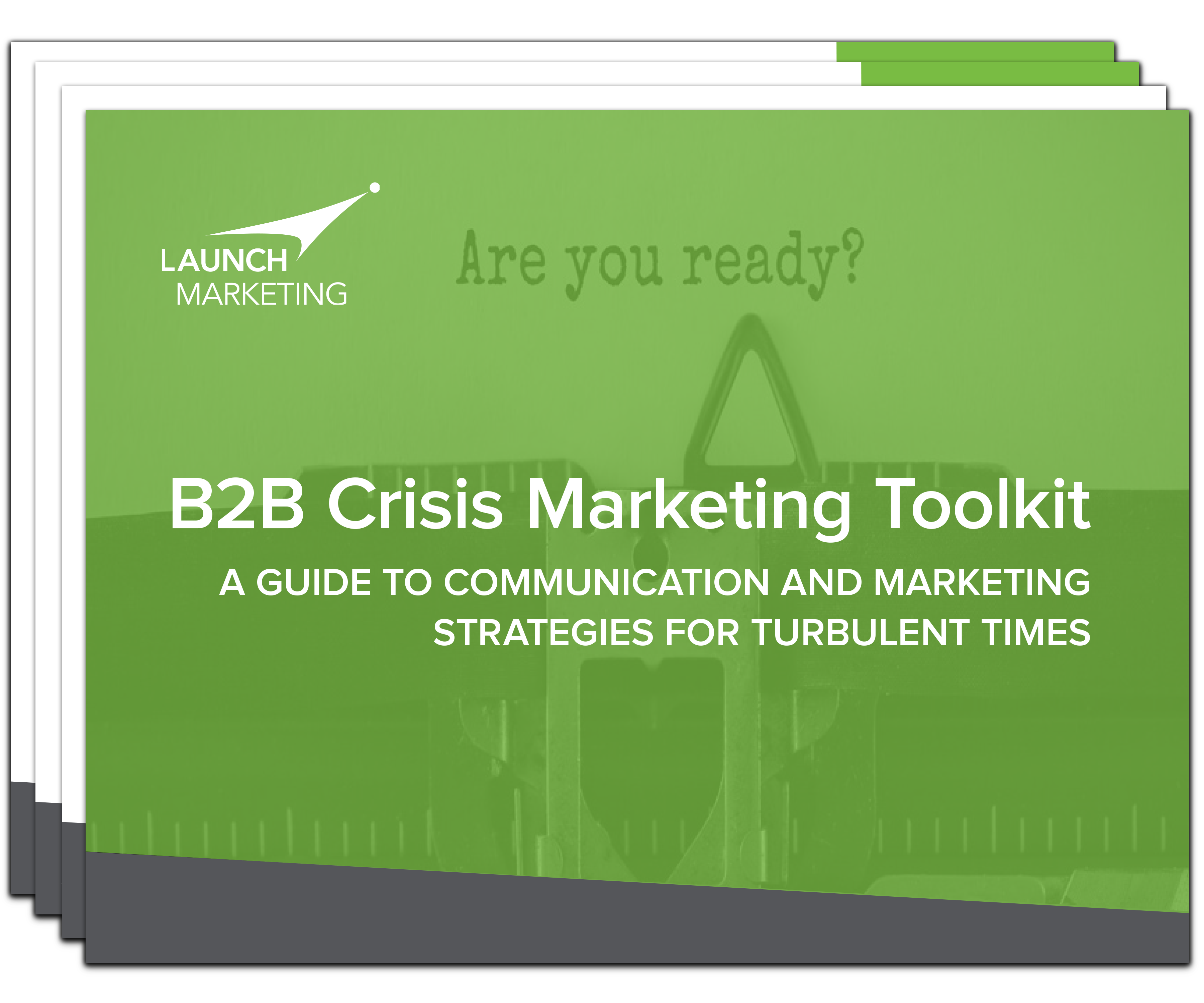
In Benefits of a Digital Connection During a Global Pandemic, we explored the pivot from offline to online in depth as individuals increasingly turn to video communications services like Zoom to support previously in-person interactions. Online conferencing, collaborating, chatting, and even watching movies virtually with friends has become ubiquitous. And while virtual presentations aren’t new, securing a conference room and presenting in person has been the more common historical norm. So, what should presenters keep in mind to ensure their online presentations stand out, engage audiences, and achieve objectives?
Luckily, 73% of people note that they already feel more engaged with slides online than in person (Nolan Haims, “Creating Visual Presentations”). This is especially important for B2B marketers and business development professionals as presentations are typically a key component of advancing opportunities. A strong presentation can drive traffic, generate leads, and create conversions. Strong presenters are able to add analysis and insight to illuminate results and gain buy-in. Below, we outline three presentation ideas that will strengthen your presentations in the new normal of the virtual world.
Say a lot without saying a lot
When presentations require lots of talking, it can be enticing to cram all that text onto the slides. Instead, focus more on visual aspects and displaying succinct takeaways. Most words are not retained, while images and points of emphasis are. This is because 90% of information transmitted to the brain is visual and visual images are processed 60,000 times faster than text. Choosing the right imagery promotes faster comprehension and creates stickiness for your point and topic.
B2B presentations are often viewed as needing more verbiage and being facts-and-figures driven, but visuals are arguably as important. One simple and effective way of improving B2B presentations is to add imagery that makes them more humanistic and aesthetically pleasing. Consider images of your team at work, carefully selected stock photography, or visually-pleasing design flourishes to add life to content. Use graphs and charts that are simple, clutter-free, and intuitive to add context and meaning. For example, rather than writing that 95% of your customers reported “x,” consider creating a comparative visual that illustrates the 95% versus 5% of customers in a striking way.
Plan first, design later
No matter how brief, developing a presentation plan and guidelines before diving straight into design will add much needed structure and direction. And while we just talked about the importance of imagery, outlines should start by being text- and takeaway-focused. Build out the presentation narrative slide-by-slide and map out, in order, three things:
- Timing (both for overall presentation length and for individual slides and sections)
- Content (key takeaways and required descriptors)
- Visuals (that will support comprehension and context)
The three elements above build off one another. Timing dictates how much ground one should attempt to cover in the time allotted. This then informs content prioritization, with questions such as “What information is most important for the audience to receive?” and “What information should be left out in this instance?” The essential content that remains then provides insight into what imagery is needed to best convey the content.
Keep it concise with the “three-word challenge”
While visuals are vital, presentations shouldn’t resemble a slideshow from a recent vacation. Words are essential for establishing and imparting points of emphasis in presentations, but they must be used economically and thoughtfully. One simple exercise for crafting concise presentation text is the “three-word challenge.” Begin by writing as much slide content as feels comfortable or natural. Then, try to boil that title or sentence down to the three most important words that still convey the meaning. Even if three words won’t suffice, this exercise helps presenters be more succinct and improves the audience experience.
Scripting high-level speaker notes and considering what the audience will hear to augment visible words and images is also important. According to one study, people who are focused on a visual task can’t hear what’s going on around them because hearing and vision are part of the same brain region. The more text a slide shows suggests greater difficulty for audiences to interpret whatever the presenter is adding audibly. What slides show and what presenters say should work in concert with one another.
Better Presentations Promote Better Experiences
As virtual aspects of business operations take on more importance, it is wise to pause and reflect on how traditional mediums of marketing and communication need to change to best support this shift. Speaker-delivered presentations are not going to disappear any time soon. But some of the presentation practices that many organizations and individuals have adopted should if audience expectations are to be met.
Need further assistance with adapting your current marketing strategy? Reach out to a Launch Marketing expert or request a free consultation.


There are no comments